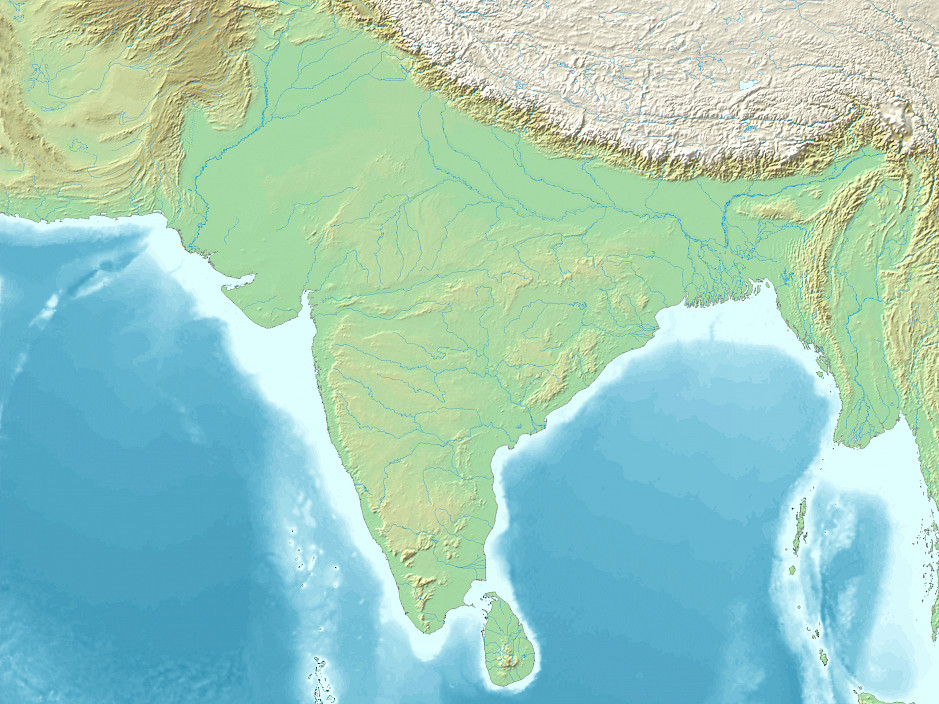India as the Anchor of Stability in a Restless Subcontinent

South Asia is experiencing a rare and unsettling confluence of political transitions and economic fragility. Few months after imbroglio in Bangladesh , it was Nepal which experienced widespread unrest with GenZ toppling PM Oli’s government. The present situation in Indian subcontinent is Nepal is under interim Prime Minister Sushila Karki, Bangladesh under interim PM Muhammad Yunus, and Myanmar under military rule of Min Aung Hling each of them presiding in uncertain circumstances. These temporary leaderships and military supported regimes sap long term policy coherence and expose the region to deeper volatility. Coupled with ineffective governance in Pakistan, chronic instability in Afghanistan, and a debt-laden Sri Lanka, the subcontinent increasingly appears fragmented, fragile, and vulnerable to external manipulation.
The economic dimension of this instability is further sobering. Afghanistan remains aid-dependent and bereft of sustained foreign investment, with GDP growth stagnant and much of its reserves frozen, leaving the Taliban government reliant on humanitarian lifelines. Pakistan, for its part, is in the throes of recurring balance-of-payments crises, surviving through successive IMF bailouts and heavy bilateral borrowing. Its external debt now exceeds US$13 billion, and Chinese loans under the China–Pakistan Economic Corridor (CPEC) constitute a substantial portion of its repayment obligations. This creates leverage for Beijing even as Pakistan struggles with inflation, a collapsing rupee, and deteriorating investor confidence.
Sri Lanka presents another cautionary tale. Its sovereign debt crisis culminated in 2022, and although it is negotiating with creditors under IMF oversight, it owes billions to Chinese lenders who financed white-elephant projects, from Hambantota Port to underutilised highways. Today, servicing these loans has constrained fiscal flexibility, with debt-to-GDP still hovering near 115%. The result has been widespread social unrest, shortages of essentials, and a severe contraction in living standards.
The vulnerability of these economies underscores how external financing—particularly Chinese loans extended under the Belt and Road Initiative (BRI)—can transform already fragile states into pliable instruments of strategic influence. For India, the danger lies not just in the loss of economic sovereignty among its neighbours, but in the geopolitical footholds Beijing gains through debt restructuring deals, long-term leases, and infrastructure control.
Against this backdrop, the trade figures with India reveal why New Delhi’s role is indispensable. Nepal directs roughly two-thirds of its exports to India and sources more than 60% of its imports from the Indian market. Bangladesh’s imports from India stood near US$9 billion in 2023–24, with exports to India just US$1.6 billion, reflecting both dependence and opportunity for deeper integration. India–Myanmar trade, though modest at around US$2.1 billion, provides Naypyidaw with vital access to essential goods and connectivity routes.
In contrast to China’s debt-driven engagements, India’s economic role has been less extractive and more enabling: concessional credit, humanitarian aid, and infrastructure connectivity projects that avoid sovereign risk traps. This distinction can—and must—be sharpened in India’s regional diplomacy.
India’s Strategic Responsibility
The turbulence surrounding South Asia places a heavy responsibility upon India. Its democratic resilience, institutional continuity, and economic scale uniquely position it to act as the stabilising anchor. But leadership must be exercised with prudence, not coercion.
India should Provide targeted economic cushions – Extend concessional lines of credit and expedite trade facilitation for neighbours facing shortages, thereby mitigating crises before they spiral into unrest. Second, Invest in institutional capacity-building – Support judicial, policing, and governance reforms, along with public-health and digital governance initiatives, to help fragile states strengthen resilience against shocks. Third, promote inclusive diplomatic engagement – Convene sub-regional dialogues that engage civil society and the private sector, thereby ensuring regional cooperation is not perceived solely as an elite or state-driven project. Lastly, its time to rejuvenate SAARC as “SAARC+” – India should revive the dormant SAARC framework in a modernised form, with issue-specific coalitions on trade, disaster response, and energy connectivity. Crucially, this SAARC+ must include Myanmar, whose participation is vital for subcontinental connectivity to Southeast Asia.
Conclusion
South Asia’s current condition illustrates both fragility and opportunity. Afghanistan is aid-dependent, Pakistan is trapped in debt, Sri Lanka reels from Chinese-financed overreach, and several nations are under interim leaderships. In such a context, the question looms: whither stability? The answer lies in whether India chooses to translate its stability into regional stewardship. By offering credible alternatives to debt dependency, building institutions rather than just infrastructure, and institutionalising cooperation through a revitalised SAARC+, India can ensure that the subcontinent does not become a theatre for external great-power rivalries but instead evolves into a zone of shared stability and prosperity.
Col Mohinder Pal Singh, PhD is a defence and geopolitical analyst. He is Senior Fellow CLAWS. Views expressed are personal.